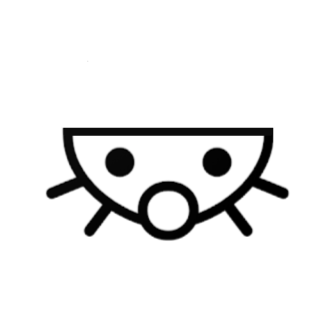I could only imagine what the default:‘friend’ actually is on the backend.
There is no
default:’friend’on the backend. This is a template language that basically takes a first name, returns the first word, replaces any special characters with ASCII equivalent ones (e.g., ö => o), title cases it, and if it’s blank it will return ‘friend’ instead of an empty string.Oops, someone forgot a curly brace!
Hey, first_name was my father, call me Mike!
What the heck is slugify
Some systems define a slug as the part of a URL that identifies a page in human-readable keywords. It is usually the end part of the URL (specifically of the path / pathinfo part), which can be interpreted as the name of the resource, similar to the basename in a filename or the title of a page. The name is based on the use of the word slug in the news media to indicate a short name given to an article for internal use.
I’m really learning a lot by posting this! Thats interesting for sure. I think I’m just more than happy my own career never involves me in this side of tech lol
This is my best guess. I have never used it. NPM and JS are not fun for me. Like look at those dependencies.




